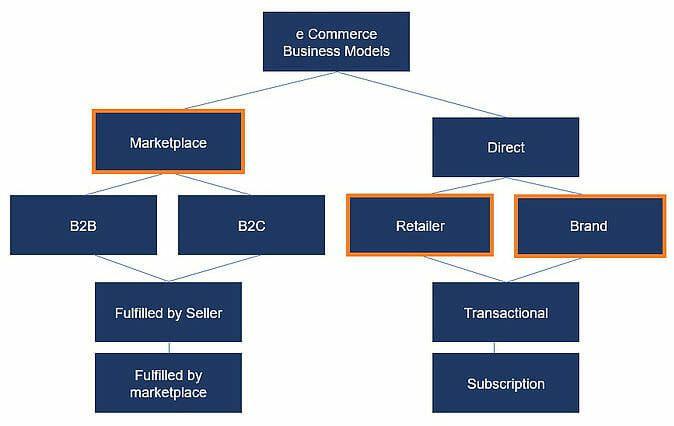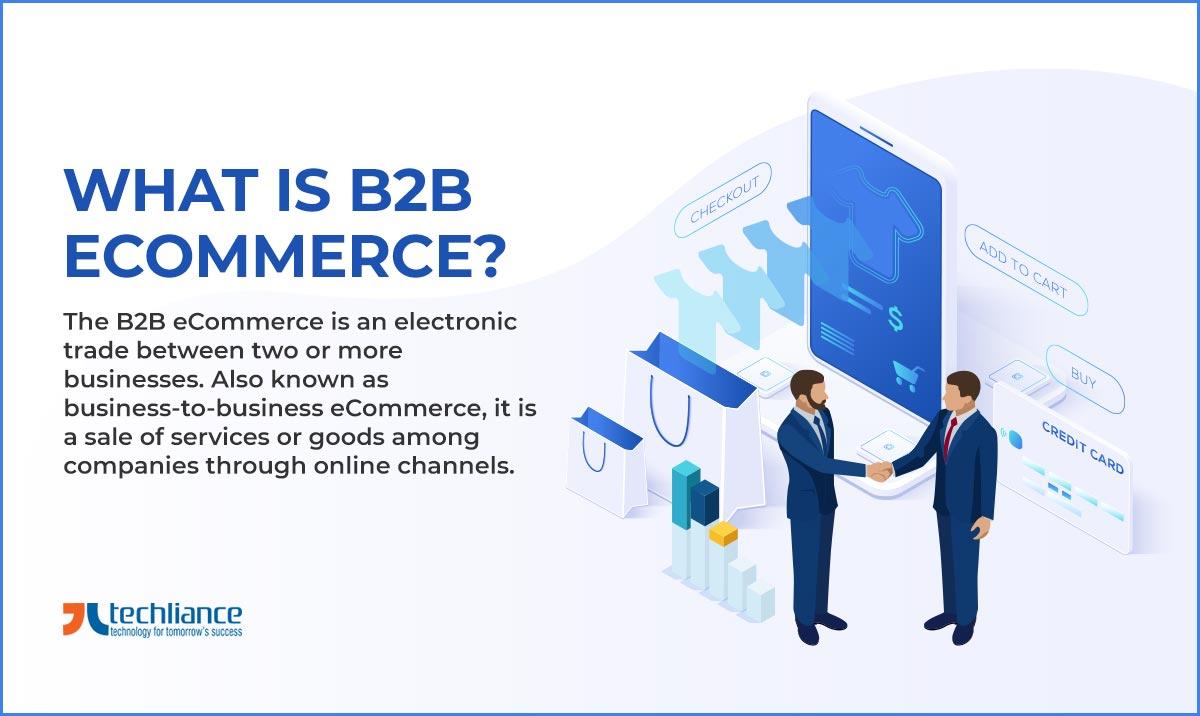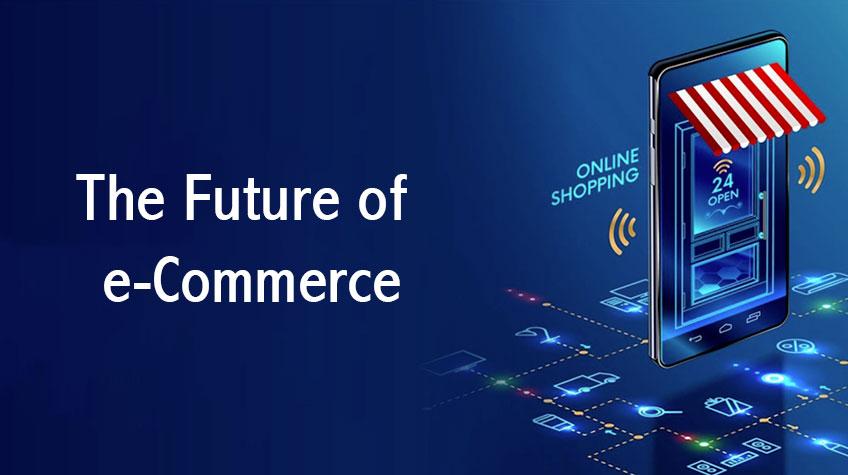Are you curious about the world of eCommerce and wondering how businesses are thriving online? You’re not alone! With the rapid growth of digital shopping, understanding different eCommerce business models can be your key to success, whether you’re an aspiring entrepreneur or simply interested in the mechanics behind online sales.In this article, we’ll break down what an eCommerce business model is and explore over eight common types that are shaping the future of retail. From dropshipping to subscription services, you’ll discover how these models work, their unique benefits, and how you can leverage them to create a profitable online venture. So, buckle up and get ready to dive into the exciting landscape of eCommerce!
Understanding the Basics of eCommerce Business Models
When it comes to the world of online commerce, understanding the different business models is crucial for entrepreneurs looking to make their mark. Each model has its unique dynamics, advantages, and challenges. By familiarizing yourself with these, you can make informed decisions that align with your business goals and target audience.
Business-to-Consumer (B2C) is perhaps the most recognized eCommerce model. In this setup, companies sell products or services directly to consumers. Think of major retailers like Amazon or Walmart, where the end-user is the primary customer.This model thrives on creating a seamless shopping experience, often leveraging emotional marketing to attract buyers.
Business-to-Business (B2B) represents transactions between businesses. This model typically involves wholesale distributors and manufacturers supplying products to retailers or other businesses. By focusing on building long-term relationships, B2B companies can enjoy larger order volumes and repeat business, wich is essential for revenue stability.
Consumer-to-Consumer (C2C) has emerged with the rise of platforms like eBay and Etsy, where individuals sell directly to other consumers. This model encourages peer-to-peer transactions and frequently enough features unique,handmade,or second-hand items. C2C platforms act as intermediaries, earning revenue through transaction fees or listings.
Subscription-based models are gaining traction in various industries, from software to food delivery services. Customers pay a recurring fee for access to products or services, providing businesses with predictable revenue streams. Think Netflix or Dollar Shave club—these companies keep customers engaged by continually delivering value.
| Model Type | Description |
|---|---|
| B2C | Businesses sell directly to consumers. |
| B2B | Businesses sell to other businesses. |
| C2C | Consumers sell to other consumers. |
| Subscription | Customers pay a recurring fee for products/services. |
Understanding these fundamentals allows you to choose a model that not only fits your product but also caters to your audience’s needs. Each model presents distinct opportunities for marketing, customer engagement, and operational strategies. By leveraging the strengths of your chosen model, you can carve out a niche in the competitive eCommerce landscape.
Exploring the Direct-to-Consumer Trend
The Direct-to-Consumer (DTC) trend has surged in popularity as brands increasingly recognize the benefits of engaging with their customers firsthand. This model allows businesses to bypass customary retail channels, leading to more personalized shopping experiences while retaining control over their brand narrative.
One of the key advantages of the DTC model is the direct relationship it fosters between brands and consumers. By eliminating intermediaries,businesses can gather valuable data on consumer preferences,behaviors,and feedback. This data can be leveraged to enhance product offerings, tailor marketing strategies, and ultimately create a more satisfying customer experience. Brands like Warby Parker and Glossier have successfully utilized this approach, building loyal customer bases through engaging storytelling and innovative products.
Another compelling aspect of the DTC trend is cost efficiency. By cutting out the middleman, brands can often offer competitive pricing while still maintaining healthy profit margins. This allows for reinvestment in other areas of the business, such as product development or customer service. For example, companies like Dollar Shave Club have disrupted traditional markets by providing high-quality products directly to consumers at a fraction of the cost.
Tho, the shift towards DTC also requires brands to be more agile and responsive in their marketing efforts. Social media and online platforms play a crucial role in driving awareness and engagement. Brands need to craft authentic narratives and utilize targeted advertising to reach their desired audience effectively. This engagement not only builds brand loyalty but also encourages word-of-mouth referrals, a powerful marketing tool in today’s digital landscape.
| Benefits of DTC model | Challenges |
|---|---|
| Direct engagement | High Competition |
| Cost Savings | Logistics management |
| Customer Insights | Brand Awareness |
| Agility in Marketing | Market Saturation |
Ultimately, the rise of the Direct-to-Consumer model represents a pivotal shift in the retail landscape. As brands continue to explore this trend, those that embrace a customer-centric approach while leveraging technology will be best positioned to thrive in an increasingly competitive marketplace.
The Power of Marketplace Models in eCommerce
The marketplace model in eCommerce has revolutionized the way businesses and consumers interact. By providing a platform where multiple sellers can showcase their products to a vast audience, marketplaces have become a powerhouse for both small entrepreneurs and established brands.This model leverages the network effect, where the value of the marketplace increases as more buyers and sellers join, creating a self-sustaining ecosystem that drives continuous growth.
one of the most significant advantages of marketplace models is the reduced barrier to entry for sellers. Unlike traditional retail setups,which frequently enough require significant capital investment,marketplace platforms allow individuals and small businesses to start selling with minimal upfront costs. This democratization of eCommerce fosters innovation and diversity in product offerings, as unique and niche products can find their audience without the constraints of a physical storefront. Some benefits include:
- Low overhead costs – No need for physical inventory storage.
- Global reach - Access to a worldwide customer base.
- Built-in trust - Established marketplaces frequently enough come with a reputation that assures buyers.
Furthermore, marketplace models often enhance the customer experience through convenience and variability.Shoppers can browse a wide array of products across different sellers in one place, making it easier to compare prices and features. This one-stop-shop experience is appealing in today’s fast-paced world, where time is of the essence. Customers appreciate the ability to find everything they need in one location,and they are more likely to make purchases when they can easily navigate from one product to another.
Another compelling aspect is the data-driven insights that come from marketplace operations. Sellers can analyze consumer behavior, track sales metrics, and understand market trends through the data provided by these platforms. This data empowers businesses to make informed decisions regarding inventory management, marketing strategies, and product development, ultimately leading to better customer satisfaction and increased sales.
| Marketplace Advantages | Description |
|---|---|
| Variety of Products | Wide range of choices for customers. |
| Enhanced Marketing | Access to promotions and advertising tools. |
| Customer Support | Frequently enough provided by the marketplace, reducing seller burden. |
the marketplace model is not just a passing trend; it represents the future of retail. With its ability to empower sellers, enhance customer experiences, and provide valuable insights, it stands out as a dynamic and effective business model in the eCommerce landscape. As more individuals recognize the potential of this approach, we can anticipate a continual surge in marketplace platforms, reshaping how we shop and sell online.
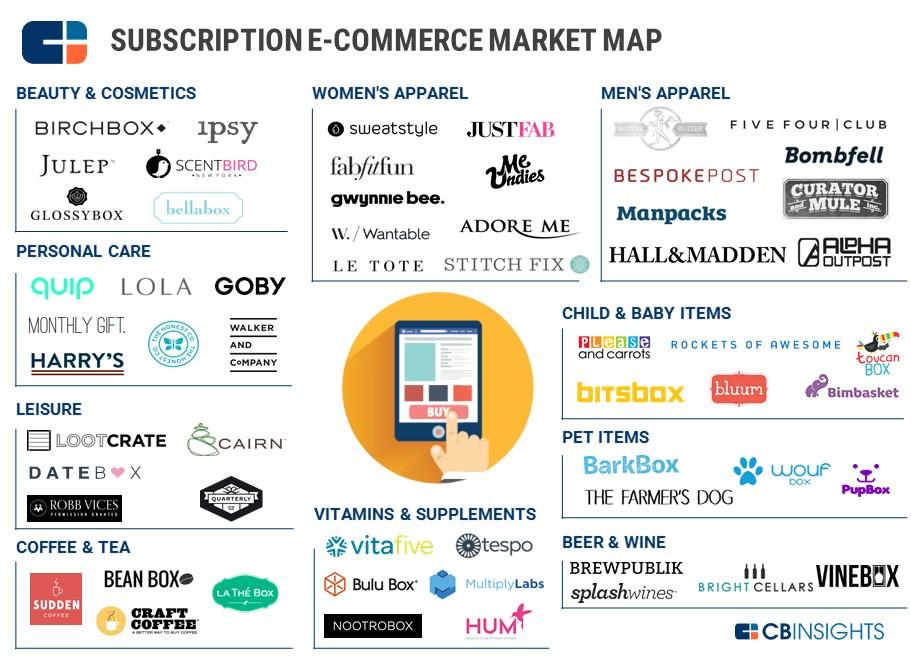
Unpacking Subscription-Based eCommerce: Is It Right for You?
In recent years, subscription-based eCommerce has emerged as a compelling model that appeals to both businesses and consumers. This model revolves around offering products or services on a recurring basis, often monthly or annually, creating a seamless purchasing experience and fostering ongoing customer relationships.But is this business model right for you?
One of the key advantages of subscription-based eCommerce is the predictability of revenue. Unlike traditional eCommerce models,where sales can fluctuate dramatically,subscriptions provide a steady stream of income. This stability allows businesses to plan better for the future, allocate resources effectively, and invest in growth initiatives. Imagine knowing exactly how much revenue you can expect each month; it’s like having a financial crystal ball!
Moreover, subscription models often lead to enhanced customer loyalty. When customers subscribe, they’re not just making a one-time purchase; they’re committing to a relationship with your brand. This commitment can translate into higher lifetime value compared to traditional customers. think about popular services like Netflix or Dollar Shave Club; they’ve created communities around their offerings, making it hard for subscribers to switch to competitors.
However, potential challenges exist. Transitioning to a subscription model requires a deep understanding of your customer’s needs and preferences. Businesses must ensure that they provide consistent value to retain subscribers. This involves regular updates, quality control, and excellent customer service. A simple survey or feedback mechanism can work wonders in understanding what keeps your subscribers engaged and happy.
To illustrate the potential of this model, consider the following table highlighting some successful subscription-based eCommerce examples:
| Business Name | Type of subscription | Target audience |
|---|---|---|
| Birchbox | Beauty Products | Beauty Enthusiasts |
| Blue Apron | Meal Kits | Home Cooks |
| Spotify | Music Streaming | Music Lovers |
while subscription-based eCommerce offers exciting opportunities, it is indeed crucial to weigh the pros and cons based on your product, market, and business goals. If you can deliver consistent value and foster a strong community, this model could be the ideal path for your business growth.
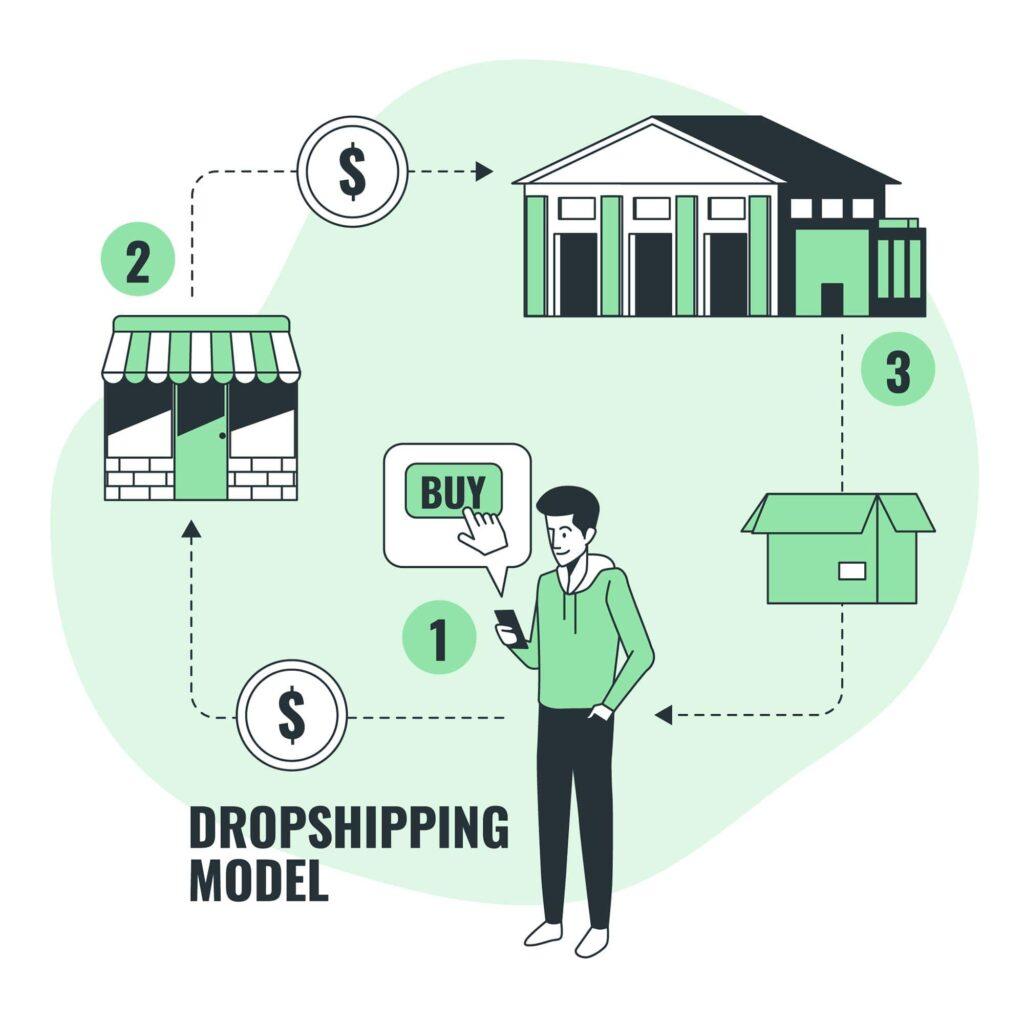
Dropshipping Demystified: A Low-Risk Entry into Online Retail
Dropshipping has emerged as an attractive entry point for aspiring entrepreneurs looking to break into the world of eCommerce. By eliminating the need to maintain inventory, this model allows sellers to focus on marketing and customer engagement rather than logistics. the low-risk nature of dropshipping makes it notably appealing for beginners who may lack substantial capital or experience.
In a typical dropshipping arrangement, you partner with suppliers who handle inventory and shipping.This means you can offer a wide range of products without the upfront costs associated with purchasing stock. Your role primarily revolves around:
- Selecting products that resonate with your target audience
- creating an appealing online store to showcase those products
- Implementing effective marketing strategies to drive traffic and sales
One of the most significant advantages of dropshipping is the ability to test various markets and products with minimal financial commitment. You can experiment with different niches and adjust your offerings based on customer feedback and sales data. This versatility helps you identify what works best without the risks associated with holding large quantities of stock.
However, dropshipping isn’t without its challenges. While it offers a lower barrier to entry, it also means that you are competing with numerous other online retailers, often selling similar products. To stand out, you must focus on building a strong brand identity, optimizing your website for search engines, and providing outstanding customer service. Consider leveraging social media and influencer partnerships to enhance visibility and credibility.
dropshipping serves as a practical and low-risk method for entering the eCommerce space. By understanding the nuances of this model and developing a strategic approach, you can create a sustainable online business that grows with you. With dedication and the right tactics, dropshipping can pave the way to success in the competitive world of online retail.

Leveraging Affiliate Marketing for Additional Revenue streams
In today’s competitive online landscape, eCommerce businesses are constantly seeking innovative ways to diversify their income and enhance profitability. One effective strategy to achieve this is by incorporating affiliate marketing into your business model. This approach not only broadens your revenue streams but also allows you to leverage existing products and services to earn commissions without heavy investments in inventory or infrastructure.
Affiliate marketing operates on a simple premise: you promote products or services offered by other companies and earn a commission for each sale generated through your referral. Here’s how you can make the most of this opportunity:
- Identify relevant Affiliates: Choose brands or products that align with your audience’s interests. This ensures that your promotions resonate and lead to higher conversion rates.
- Create Quality Content: Whether through blog posts,product reviews,or social media,focus on delivering valuable content that naturally incorporates affiliate links. Authenticity is key to building trust with your audience.
- Utilize Multiple Channels: Don’t limit your promotions to just one platform. Engage your audience through email newsletters, social media, and your website to maximize reach.
moreover, tracking the performance of your affiliate links is vital. By using analytics tools, you can assess which products are generating the most revenue and adjust your strategy accordingly. This data-driven approach empowers you to focus on what works best for your audience, enhancing your overall marketing efforts.
Here’s a simple breakdown of potential revenue sources through affiliate marketing:
| Source | Potential Earnings |
|---|---|
| Product Reviews | Up to 20% commission per sale |
| Influencer Partnerships | Varies; frequently enough flat fees plus commission |
| Email Campaigns | 5-15% commission per sale |
By integrating affiliate marketing into your eCommerce strategy, you not only create additional revenue streams but also enhance your brand’s credibility. When done right, affiliate partnerships can lead to mutually beneficial relationships with other businesses, ultimately driving growth and success for your eCommerce venture.

How Wholesaling Can Boost Your eCommerce Strategy
Wholesaling can substantially enhance your eCommerce strategy by providing a solid foundation for scaling your business. By partnering with wholesalers, you gain access to a wide range of products without needing to invest heavily in inventory upfront. This model allows you to focus on marketing and customer acquisition, which can lead to faster growth and increased revenue.
One of the primary advantages of wholesaling is the ability to offer a diverse product line. When you work with multiple wholesalers,you can create a unique inventory that caters to various customer segments. This not only attracts a broader audience but also helps in:
- Meeting customer demand: By offering products that your customers want, you enhance overall satisfaction and loyalty.
- Reducing risk: Since you’re not investing in large quantities of inventory, you can test various products and niches with minimal financial risk.
- Improving cash flow: Lower upfront costs mean you can allocate your capital toward marketing and scaling your business.
Additionally, wholesaling allows for competitive pricing. When you work directly with manufacturers or distributors, you often receive better rates, enabling you to pass those savings on to your customers. This can help you:
- Differentiate from competitors: Offering lower prices can attract price-sensitive customers.
- Increase profit margins: Even with lower prices, your margins can remain healthy due to reduced sourcing costs.
- Encourage bulk purchases: Competitive pricing can incentivize customers to buy in larger quantities, boosting your average order value.
moreover,wholesaling can streamline your supply chain management. By building relationships with reliable wholesalers,you can ensure a consistent supply of products and reduce lead times. This efficiency not only enhances your customer experience but also allows for better inventory management, reducing overhead costs associated with carrying excess stock.
incorporating wholesaling into your eCommerce strategy can create a win-win scenario.It enables you to provide a wider selection of products, maintain competitive pricing, and streamline operations. Embracing this model can be a game-changer for your eCommerce business, positioning you for sustainable growth in a competitive landscape.
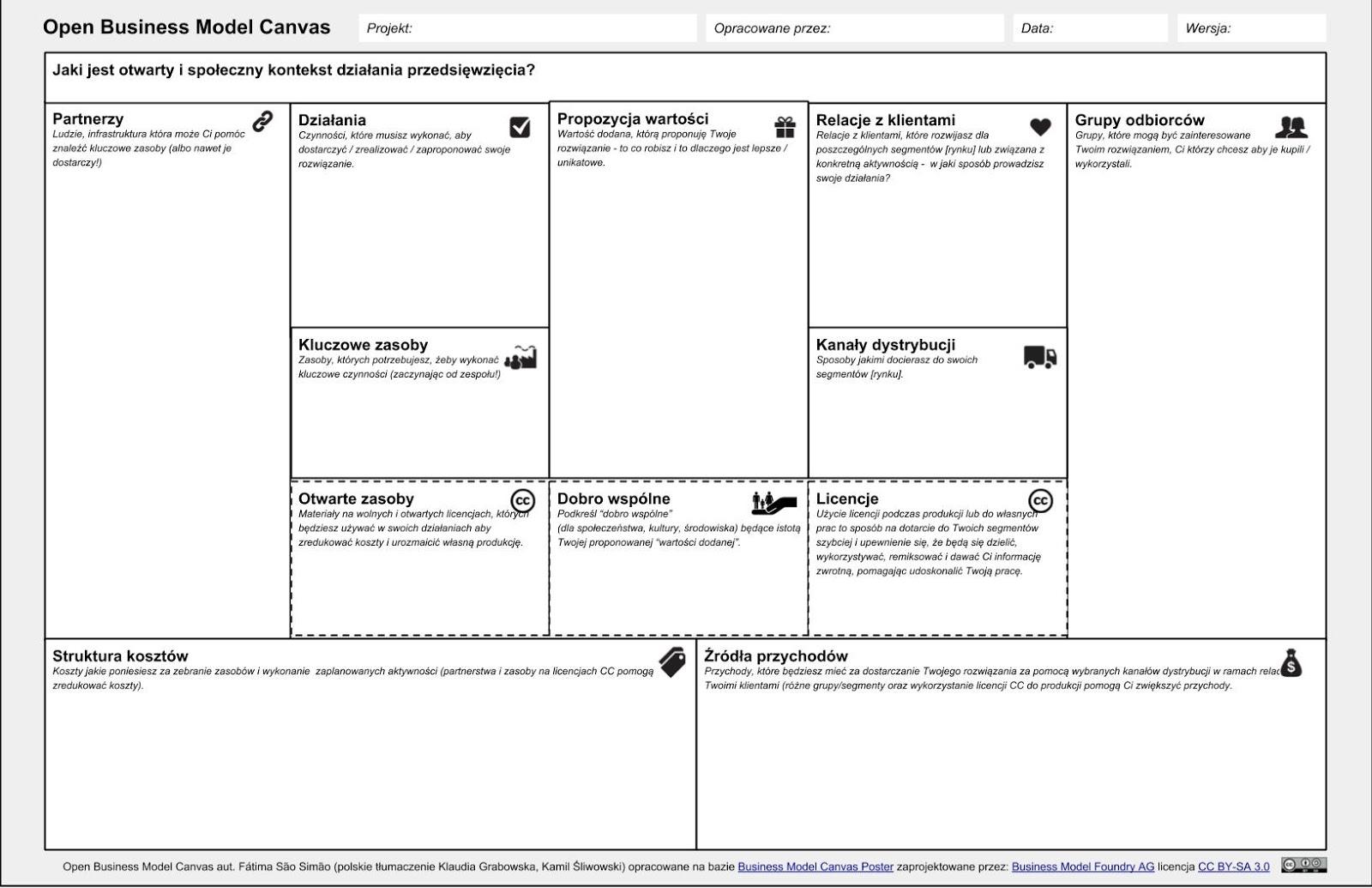
Choosing the Right Business model for Your Unique Vision
When it comes to shaping your eCommerce venture, the business model you choose is pivotal. Each model brings its own set of advantages and challenges, and aligning one with your unique vision is crucial for long-term success. Here are several common eCommerce business models to consider:
- B2C (Business to Consumer): This is the most common model where businesses sell directly to consumers. Think Amazon or any online retailer that caters to individual customers.
- B2B (Business to Business): Companies that sell products or services to other businesses. This model frequently enough involves larger transactions and longer sales cycles.
- C2C (Consumer to Consumer): Platforms like eBay or Etsy where consumers sell directly to other consumers, typically facilitated by a third-party platform.
- C2B (Consumer to Business): A less common but growing model where individuals offer products or services to businesses,such as freelancers providing services via platforms like Upwork.
- Subscription Model: Businesses charge a recurring fee for ongoing access to products or services. This model is popular in software (SaaS) and entertainment, like Netflix.
- Marketplace Model: A platform that allows multiple vendors to sell their products, often taking a commission on each sale.Examples include amazon Marketplace and Etsy.
- On-Demand Model: This model allows consumers to request goods or services as needed, exemplified by companies like Uber or food delivery services.
- Wholesale Model: Businesses sell products in bulk to retailers at discounted prices, acting as a supplier to stores.
Choosing the right model depends on several factors including your product type, target market, and long-term goals. As an example, if you envision building a community around your products, a subscription model might be a perfect fit. Conversely, if you aim to cater to other businesses, a B2B model could offer higher profit margins.
Consider conducting market research to identify gaps in the market or emerging trends that align with your vision. Mapping out your business model will not only help clarify your approach but also guide your marketing strategies and customer engagement efforts.
To help visualize your options, here’s a simplified table that summarizes the key characteristics of each eCommerce model:
| Model | Target Audience | Revenue Stream |
|---|---|---|
| B2C | Individual consumers | Direct sales |
| B2B | Other businesses | Bulk sales |
| C2C | Sales commissions | |
| Subscription | Consumers | Recurring fees |
| Marketplace | Various vendors | Commission fees |
Ultimately, the right business model should resonate with your vision and cater to your target audience in a way that sets you apart from competitors. Take the time to explore each option thoroughly, as the right decision can pave the way for your eCommerce success.
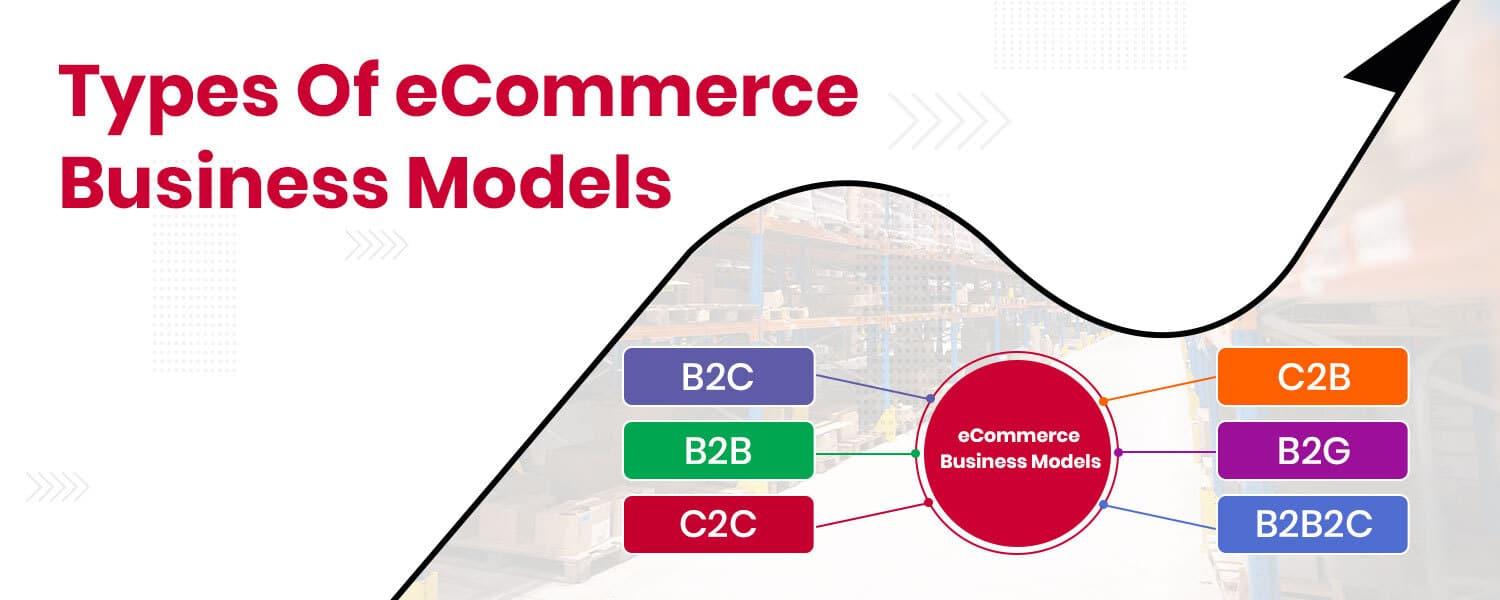
Emerging Trends in eCommerce Business Models You Should Know
As the digital landscape evolves, so do the eCommerce business models that entrepreneurs can leverage to reach their audiences effectively. With advancements in technology and shifts in consumer behavior, several emerging trends are shaping the future of online retail.
- Subscription-Based Models: Businesses are increasingly adopting subscription services, allowing customers to receive products regularly, frequently enough at a discounted rate. This model not only fosters customer loyalty but also provides predictable revenue streams.
- Social Commerce: Integrating eCommerce directly into social media platforms is on the rise. brands are utilizing features like shoppable posts and live-stream shopping to create a seamless purchasing experience within social environments.
- Direct-to-Consumer (DTC): By bypassing traditional retail channels, companies are able to build a direct relationship with their customers. This model enhances brand loyalty and allows for greater control over the customer experience.
Another noteworthy trend is the focus on sustainability. Consumers are becoming more environmentally conscious,leading brands to adopt eco-pleasant practices. This includes sourcing materials responsibly and creating sustainable packaging, which can greatly appeal to eco-minded shoppers.
Additionally, the personalization of shopping experiences is becoming a critical differentiator. Advanced data analytics allow businesses to tailor recommendations and marketing messages based on individual consumer behavior. This not only enhances the customer experience but also boosts conversion rates.
| Emerging Trend | Description |
|---|---|
| Subscription-Based | Regular product deliveries for a monthly fee. |
| Social commerce | Shopping directly through social media platforms. |
| Direct-to-Consumer | Bypass retailers to sell directly to customers. |
| Sustainability | Eco-friendly practices and products. |
| Personalization | Customized shopping experiences based on data. |
Embracing these trends can position your eCommerce business not only to adapt but to thrive in an increasingly competitive market. Understanding the ways consumers are changing their shopping habits will be key to staying ahead of the curve.

Tips for Adapting Your eCommerce Model in a Changing market
In today’s fast-paced digital landscape, adapting your eCommerce model is essential for not just survival, but thriving. As consumer behaviors and market trends shift, here are some effective strategies to consider:
- Embrace Flexibility: Your business model should be adaptable. Whether it’s shifting to a subscription model or incorporating an omnichannel approach, being willing to pivot can open up new revenue streams.
- Leverage Data Analytics: Utilize analytics tools to track consumer behavior and preferences. This information allows you to tailor your offerings, ensuring they resonate with your target audience.
- Enhance Customer experience: Focus on creating a seamless shopping experience across all platforms. Invest in user-friendly website design, responsive customer service, and personalized marketing efforts.
- Explore New Marketplaces: Expanding to platforms like Amazon, eBay, or niche marketplaces can expose your brand to broader audiences. Each platform has unique demographics that can diversify your customer base.
Moreover,staying updated with industry trends will keep you ahead of the competition. Here’s how you can monitor and adapt to these changes:
| Trend | Action |
|---|---|
| Rise of Mobile Shopping | Optimize your website for mobile devices and explore app development. |
| sustainability Focus | Integrate eco-friendly practices in sourcing and packaging. |
| Social Commerce | Utilize social media platforms for direct sales and engagement. |
Lastly, consider engaging with your community. Building relationships with customers can foster loyalty and advocacy for your brand. Strategies to enhance community interaction include:
- Host Virtual events: Webinars and live Q&A sessions can provide value and strengthen customer relationships.
- Encourage User-Generated Content: Invite customers to share their experiences with your products on social media, creating authentic brand advocacy.
- Offer Exclusive Deals: Reward loyal customers with special promotions or early access to new products, making them feel valued and appreciated.
frequently Asked Questions (FAQ)
Q&A: What Is an eCommerce Business Model? (8+ Common Types)
Q: What exactly is an eCommerce business model?
A: Grate question! An eCommerce business model refers to the way a company structures its online operations to sell products or services over the internet.It encompasses how a business generates revenue, engages with customers, and delivers value. Think of it as the blueprint for how an online shop operates!
Q: Why is understanding eCommerce business models crucial?
A: understanding these models is crucial for anyone looking to start an online business or improve their existing one. Knowing the different models helps you choose the right approach for your products and target audience. Plus,it allows you to anticipate market trends and adapt your strategy accordingly!
Q: Can you give me an overview of the different eCommerce business models?
A: Absolutely! Here are some of the most common types:
- B2C (Business-to-Consumer): This is the classic model where businesses sell directly to consumers. Think Amazon or your favorite clothing brand’s online store!
- B2B (Business-to-Business): Here, businesses sell products or services to other businesses. It’s common in wholesale and manufacturing sectors.
- C2C (Consumer-to-Consumer): Platforms like eBay or Etsy enable individuals to sell directly to other individuals, creating a vibrant marketplace.
- C2B (Consumer-to-Business): In this model, individuals offer products or services to businesses.Freelancers on platforms like Upwork exemplify this model!
- subscription Services: This model involves customers paying a recurring fee for continuous access to a product or service, like Netflix or subscription box services.
- Dropshipping: In dropshipping, the retailer sells products without holding inventory. Instead,a third party ships products directly to customers after they order.
- Marketplace Model: This involves businesses creating a platform where multiple sellers can offer their goods, like Amazon or Airbnb.
- Wholesale: wholesale eCommerce involves selling large quantities of goods at discounted prices to retailers or other businesses.
Q: How do I choose the right eCommerce model for my business?
A: Selecting the right model depends on various factors, like your target audience, product type, and resources. Start by understanding your strengths and market demand. For instance,if you have a unique product,a B2C or C2C model might be ideal. If you want to leverage existing products, consider dropshipping or a marketplace approach.
Q: What are the benefits of having a solid eCommerce business model?
A: A well-defined eCommerce business model can significantly enhance your chances of success.It helps streamline operations, improve customer experience, and boost profitability. Plus, it makes it easier to scale your business in the future. Remember, a clear model can set you apart from competitors!
Q: Any tips for someone just starting with eCommerce?
A: Definitely! Start by doing thorough market research to understand your niche and audience. Test different models, if possible, and be flexible in your approach. Don’t forget to invest in a user-friendly website and excellent customer service—those are key to building long-term relationships and repeat customers!
Q: Where can I learn more about eCommerce business models?
A: There are plenty of resources available! Consider reading industry blogs, attending webinars, or even enrolling in online courses focused on eCommerce. Books on entrepreneurship and online marketing can also be incredibly helpful. And of course, don’t hesitate to reach out to experts in the field for advice!
Feel free to explore these questions further, and take your eCommerce journey to the next level! Understanding your business model is the first step toward achieving your goals.
In Summary
As we wrap up our deep dive into the world of eCommerce business models, it’s clear that understanding the different types can be a game changer for anyone looking to venture into online sales. Whether you’re a seasoned entrepreneur or just starting, knowing which model aligns best with your goals can set you on the path to success.
From B2C to subscription services, each model has its unique benefits and challenges. The key is to assess your target audience, products, and long-term vision. Remember, there’s no one-size-fits-all approach in the eCommerce landscape. Explore, experiment, and find the model that feels right for you.
So,are you ready to take the plunge? With the right knowledge and a bit of determination,your eCommerce dream is within reach. Dive in, and let the world of online business unfold before you.Happy selling!

